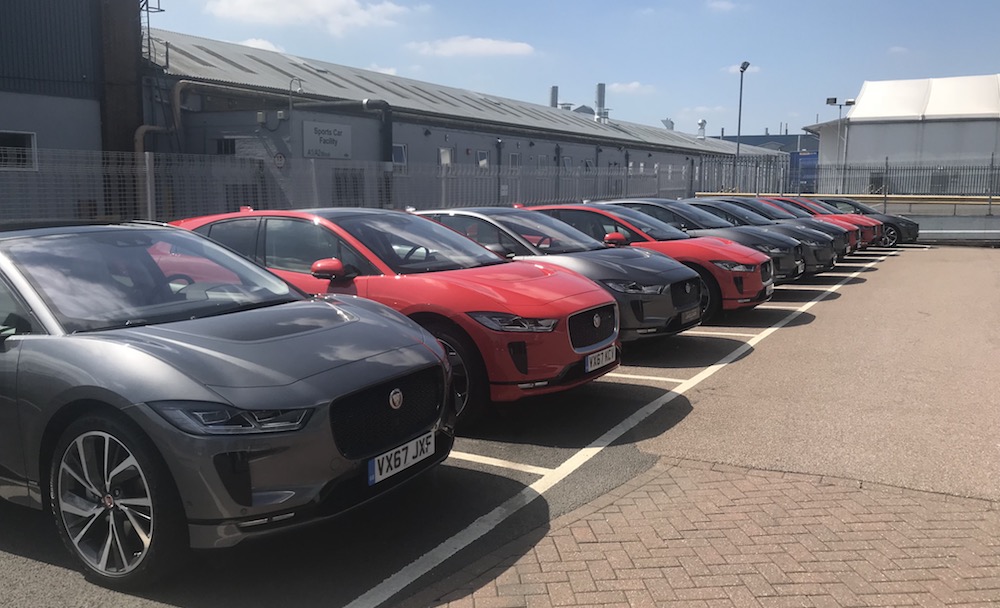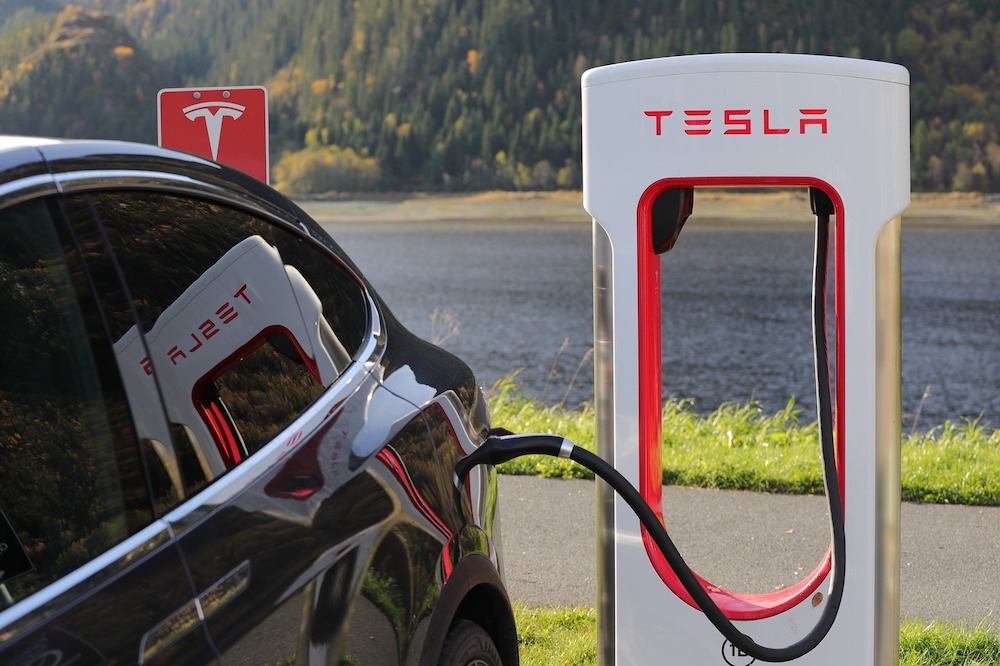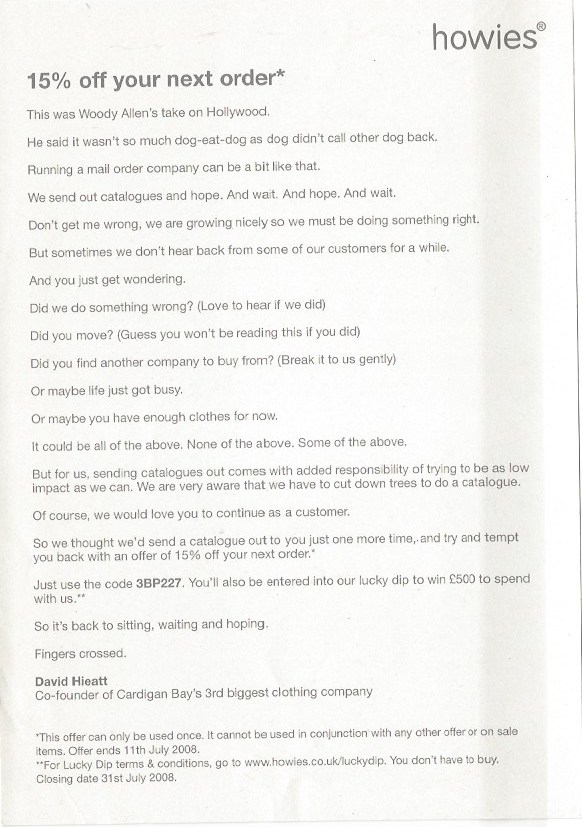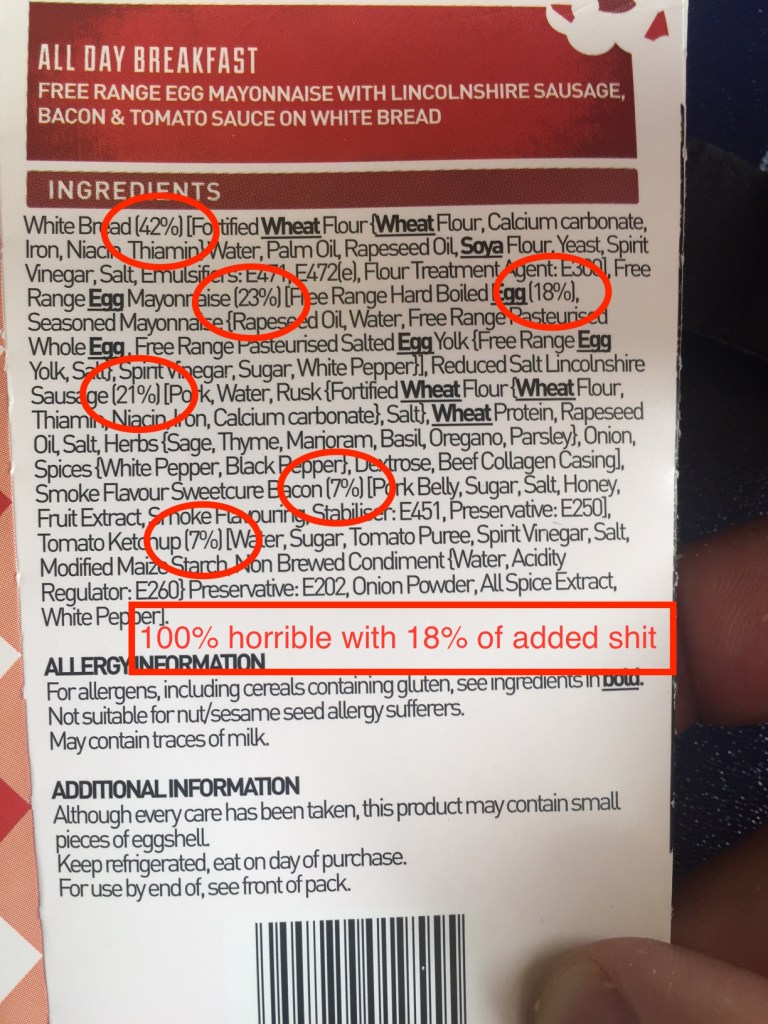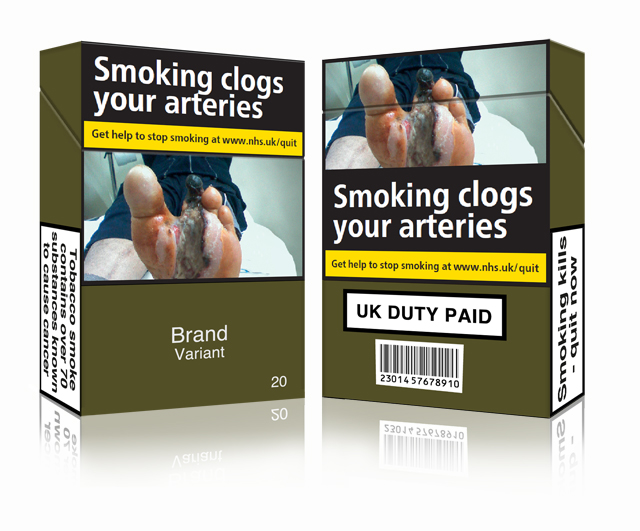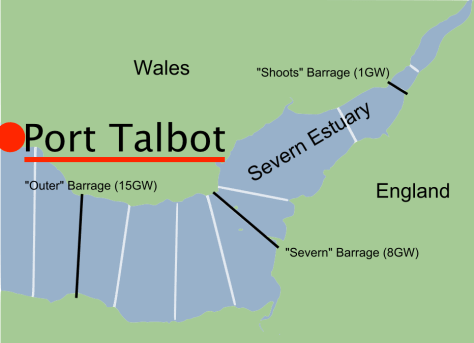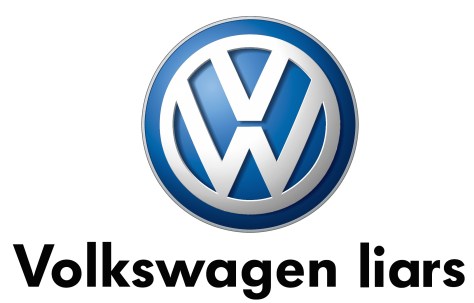There is nothing I’ve done in my life that has been more important for my general education than reading. I read a lot. Every day. I read at least a book a week.
I don’t read many books I find particularly challenging (although I have just finished Anna Karenina) and have my Kindle with me pretty much all the time. I make a point of reading the book on there that has been there the longest, so I force myself to read ones I have downloaded and then not quite fancied.
On the often published lists of 100 books you should have read, I’ve normally read 30-40 of them, but most would probably be considered a bit trashy by more educated readers – Not quite James Patterson, but very few in the Tolstoy bracket.
But reading has opened my eyes to things I’d never normally have seen or understood. Life after the Russian revolution in A Gentleman in Moscow, how Afghanistan changed in the Kite Runner and a Thousand Splendid Suns, the German perspective of War in the Book Thief. The impact your words and actions can have in Five People you Meet in Heaven. Every one has taught me something about the world and my place in it, however small.
I think a love of reading is the greatest gift my parents ever gave me.
Bury Knowle Library in Oxford is where it all started. When I was around eight, they ran a reading competition, with actual prizes, for the child who read the most during a summer holiday. I don’t think I won, but it set me on a path that I’ve hardly drifted from throughout my life.
Reading taught me to write too. It’s only by consuming thousands of books that you learn what you like and dislike and inherit some of their styles, almost by osmosis. It didn’t teach me to punctuate properly, as I’m sure some of you will have noticed.
And I do believe that reading is for everyone. you just need to find the right book as an entry point and then work your way through that seam.
In a world, where attention spans are falling and everything needs to happen instantly, it slows things down and can transport you to another place, where the world looks different. You do have to make an active choice to read, rather than graze on the mindless crap and weird attention seekers on TikTok, but I’m good with that. Anything that stops you endlessly scrolling online is a good thing.
I saw a comment on Twitter yesterday where someone asked how long you need to give a book before you give up on it. There are 370 books on my kindle (that I have had for six years) and I have read 360+ of them. I can think of only three or four I have abandoned. The Life of Pi, took me a good 100 pages to begin to hook me in, but it was worth the effort, as the book became one of my favourites ever, with some writing in there I had to stop and stare at and read again for the beautiful way it was crafted.
So, if you don’t read. Do.
You won’t regret it.
I’m not going to write my favourite book list on here, but I will happily recommend a few that have resonated with me.

